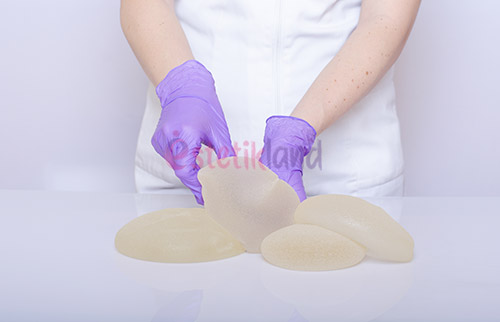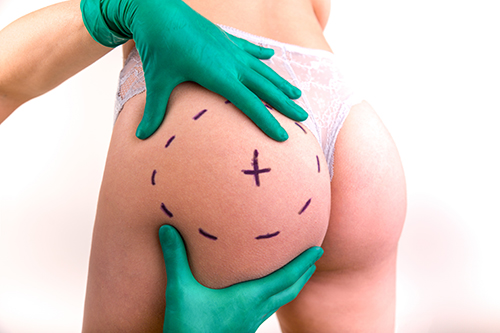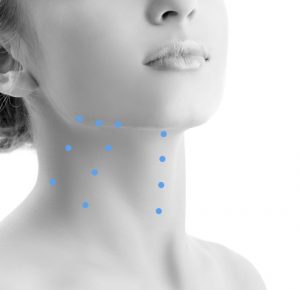One of the most important issues in breast augmentation aesthetics is the choice of implant. Many alternatives can be mentioned regarding the subject that completely affects the result of the operation.
Choosing the appropriate implant by calculating many variables such as the shape of the rib cage, the amount of breast tissue on it, the amount of muscle, skin elasticity, the width of the rib cage and the height of the person; provides a natural result in breast augmentation.
Types and Selection of Breast Implants
- Saline Breast Implants: Sterile saline is used to fill saline breast implants. They are inserted empty and once in place they are filled with sterile saline so that smaller incisions can be made.
- Silicone Breast Implants: These implants are filled with silicone gel and feel more like natural breast tissue. They are pre-filled, so they require a larger incision for placement.
- Gummy Bear Implants (Sticky Gel Implants): These are a type of silicone implant filled with a thicker, stable gel that retains its shape even if the implant shell breaks. They are firmer than traditional silicone implants.
- Round Breast Implants: These implants provide a fuller appearance. They are less likely to rotate and slip compared to anatomically shaped implants.
- Flat Breast Implants: These implants have a smooth outer shell that moves freely within the breast implant pocket, providing a more natural movement but with a potentially higher risk of visible rippling.
- Textured Breast Implants: These implants have a rough outer shell that adheres to the surrounding tissue, reducing the risk of movement and lowering the risk of capsular contracture.
- Motiva Ergonomix: These silicone gel-filled implants are designed to mimic the natural movement and feel of breast tissue, adapting to the body’s movements for a more natural look and feel.
- Fat Transfer (Autologous Fat Transfer): This technique involves transferring fat from other parts of the body to the breasts. It is a more natural method.

Which Breast Implant is the Safest?
Saline implants are filled with sterile saline and are cheaper. They require a smaller incision and if they rupture, the body absorbs the saline solution harmlessly. Some patients prefer saline implants for these reasons.
Silicone implants, on the other hand, have the advantage of feeling more like natural breast tissue and are FDA approved for breast augmentation in women 22 years of age and older.
Another option is gummy bear implants, a type of silicone implant known for retaining its shape even if the shell breaks.
In general, the safest option depends on the individual.
Shape, Size and Texture Options
When choosing breast implants, several factors need to be considered, including shape, size and texture.
Shape Options:
Round Implants: Circular and symmetrical, they provide a fuller appearance, especially in the upper part of the breast. They are less likely to dislodge but may look less natural on some body types than anatomical implants.
Teardrop (Anatomical) Implants: They are teardrop shaped, fuller at the bottom, and mimic the natural slope of the breast, providing a more natural appearance. They are more prone to rotation which can distort the breast shape.
Size Options:
Implant Volume: Measured in cubic centimeters (cc), ranging from approximately 100cc to 800cc. The correct size depends on the patient’s body structure, existing breast tissue and the desired result.
Projection: Refers to how far the implant extends from the chest wall. Options typically include low, medium, medium-plus and high projection.
Texture Options:
- Smooth Implants: Have a smooth outer shell. Can move freely within the breast pocket, providing a more natural feel, but may have a higher risk of visible rippling.
- Textured Implants: Have a rough outer shell and adhere to the surrounding tissue, reducing the risk of movement and lowering the risk of capsular contracture. Some studies have linked textured implants to a rare type of lymphoma (BIA-ALCL).



